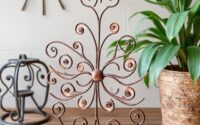Understanding Metal Finishes: Brushed, Polished, Matte & More
Wondering how to pick the right surface look for your home hardware or fixtures? Metal finishes for interior design play a huge role in how your space feels—and they show up everywhere from kitchen pulls to bathroom faucets. That means you’re not just picking a surface. You’re choosing how it shines, how it wears, and how it blends with everything else around it. And when terms like brushed metal vs polished or matte black finish start popping up, it helps to know what they really mean.
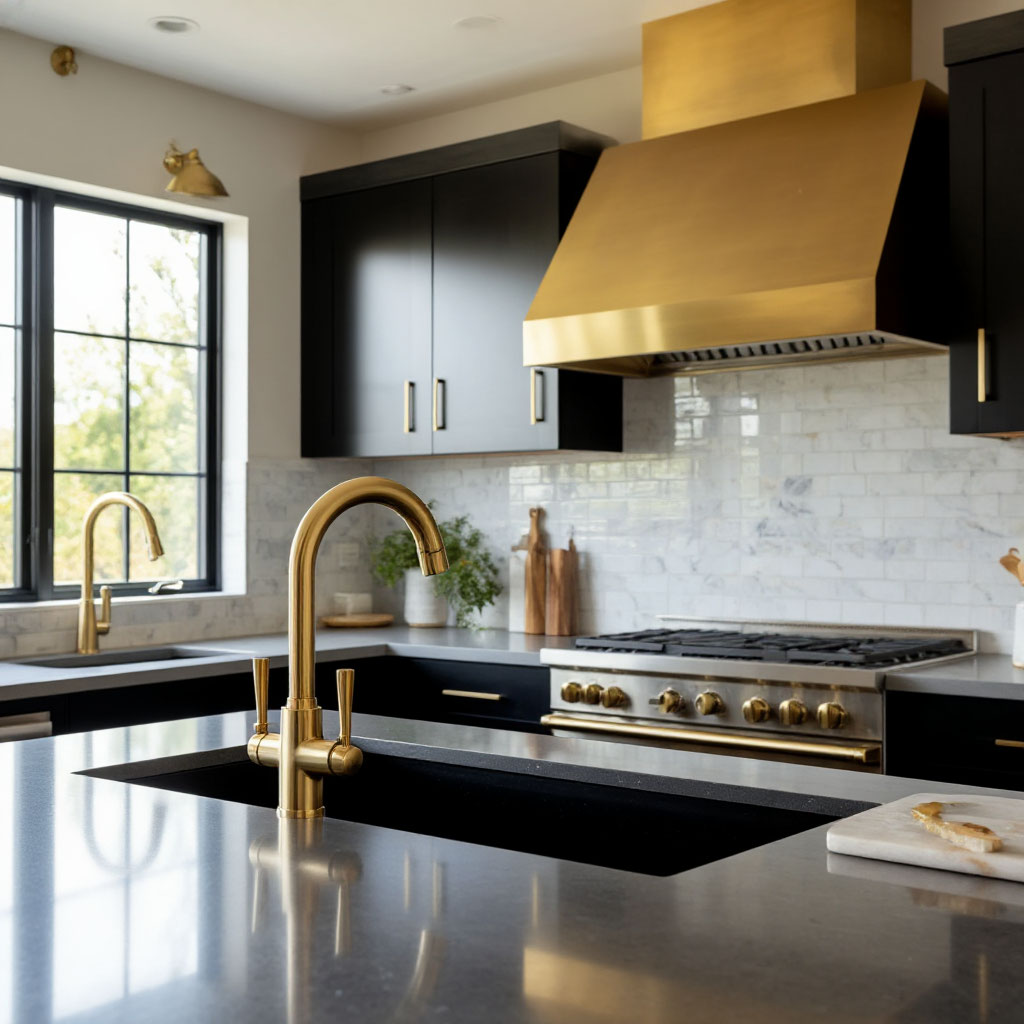
Table of Contents
ToggleWhat Is a Metal Finish and Why Does It Matter?
The same base material can give off a completely different vibe depending on how it’s finished. One home might have a smooth, shiny faucet that catches every bit of light. Another might use a muted, textured surface that feels warm and calm. That difference? It comes down to finishing.
A specific surface treatment changes more than looks. It affects how hardware holds up to use, whether you’ll be wiping fingerprints every day, and how light plays across the room. When metal finishes for interior design are chosen well, they pull a space together without needing to shout.
Breaking Down What a Finish Does
Finishes can:
- Shift how a room feels: glossy feels bold, brushed feels lived-in
- Influence how much care you need to put in: matte hides spots better than shine
- Change how durable a surface is: some wear in, others stay polished
They’re a tool—not just a style move.
Popular Interior Metal Finishes Explained
Designers often start with the basics: brushed, polished, and matte. But there’s more than just these. From hammered details to antique patinas, finish options offer a wide range of texture and personality.
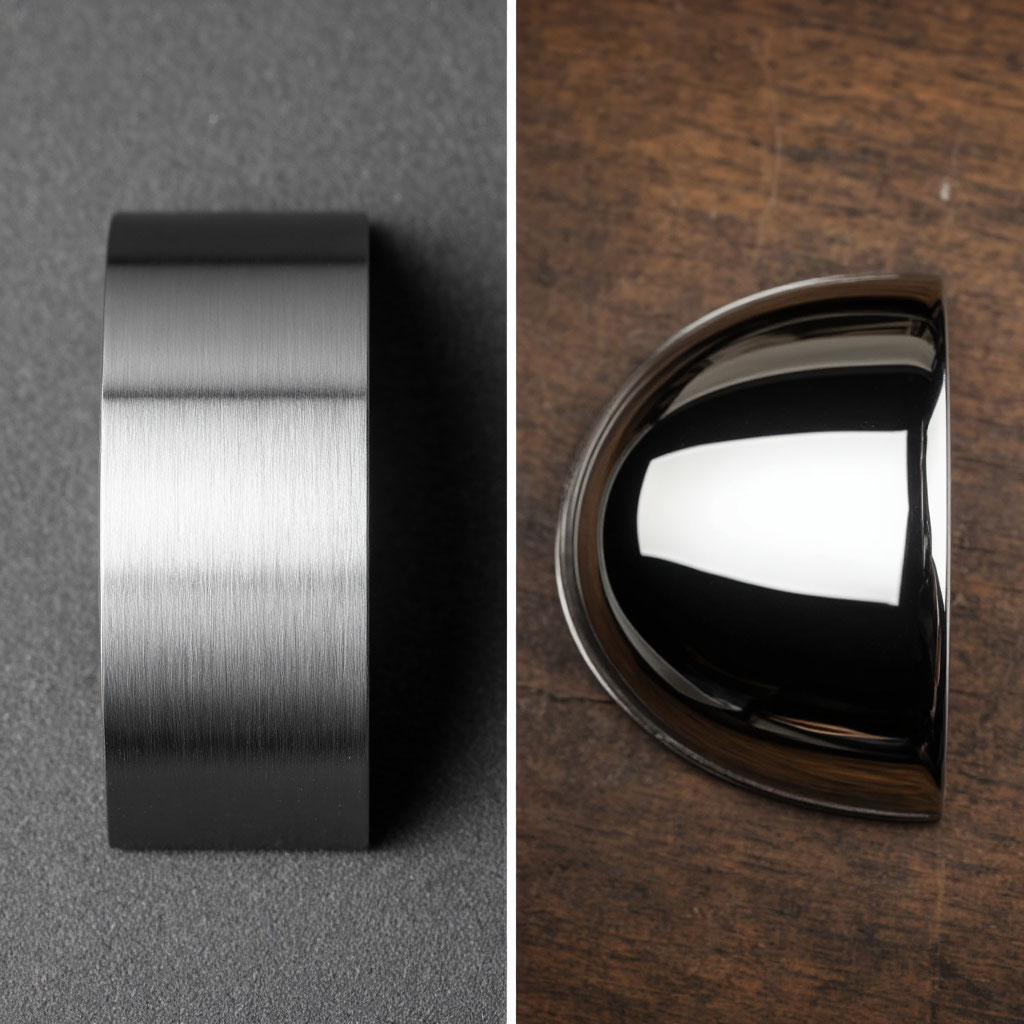
Common Finish Types and Their Features
Brushed styles give you that soft, linear look. They don’t reflect light as sharply, which makes them feel calm and natural. They also hide fingerprints and tiny scratches.
Polished surfaces are mirror-like. They bounce light and feel sleek. You’ll spot them in spaces that lean glam or ultra-modern.
Matte effects are flat and soft to the eye. The matte black finish, in particular, has become a go-to for contemporary kitchens and bathrooms. It feels bold without trying hard.
Antique brass finish brings in an aged, collected-over-time feel. It’s not just a color—it has a lived-in texture that plays well with wood, stone, or vintage items.
Hammered textures feel hand-worked. They’re irregular and tactile, and they shine just enough to catch interest without overpowering the room.
These types aren’t just for show. Each has its own practical side, whether that’s durability, ease of cleaning, or how forgiving it is in a high-touch spot. That’s why knowing a few basic metal finishing techniques can help you narrow down your favorites.
Brushed vs Polished: What’s the Difference?
This is a decision you’ll run into a lot when looking at hardware or lighting. It’s not just about shine—it’s about feel, upkeep, and style. Here’s where glossy vs satin metal also starts to matter.
| Feature | Brushed Style | Polished Surface |
|---|---|---|
| Surface Look | Soft lines, slightly grainy | Mirror-like, super smooth |
| Light Reflection | Minimal | High |
| Fingerprint Visibility | Low | High |
| Scratch Resistance | Better at hiding them | Shows wear faster |
| Style Match | Modern farmhouse, transitional | Glam, luxe, contemporary |
Brushed finishes do great in kitchens or spots where hardware gets daily use. Polished pieces work best when you want something to sparkle and grab attention.
You can even mix the two. For example, a polished faucet next to brushed drawer handles brings contrast without looking mismatched. Mixing finishes works well if you keep one dominant tone and let the others complement it.
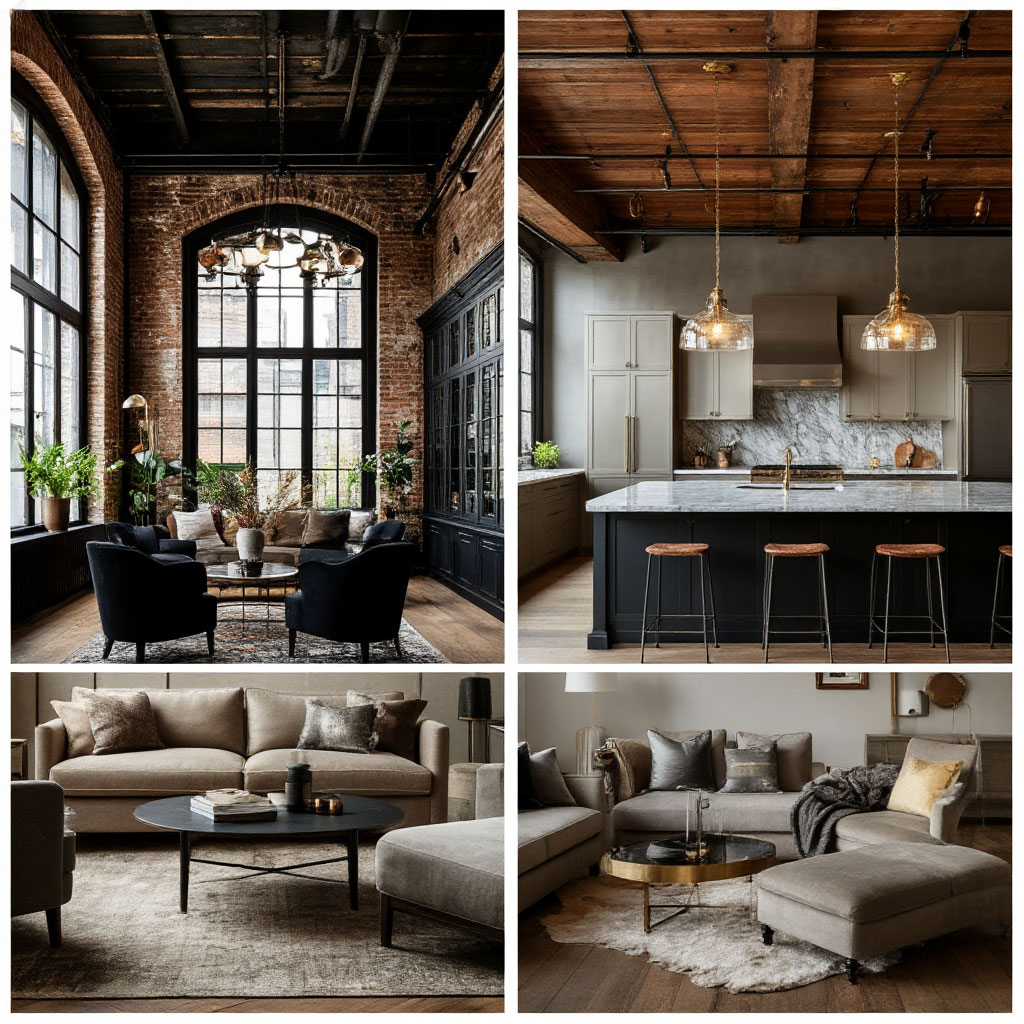
Choosing the Right Finish for Your Design Style
Things to Think About Before You Decide
- What’s the overall vibe of the space—modern, traditional, rustic, or industrial?
- How much wear and tear will the finish need to handle?
- Are you okay with visible fingerprints or do you want something low-maintenance?
- Will this finish be near water, heat, or other elements that can affect it?
- How much natural light hits the area throughout the day?
There’s no one-size-fits-all. The best finish depends on the kind of space you want and how you use it. So when you’re thinking about how to choose a metal finish, consider the full picture: lifestyle, room use, and lighting.
Finish Options That Match Your Vibe
If your place leans modern, think matte black finish or brushed nickel. These work well with clean lines and minimal palettes. For something traditional, polished brass or an antique brass finish feels rich and warm. Going industrial? Raw steel or textured finishes like hammered iron bring that workshop edge.
Don’t forget to consider upkeep. Glossy coatings need more wiping. Brushed and matte versions are more forgiving if you have kids or cook a lot.
Mixing styles is totally allowed. Just keep one as the main look and use others as accents. For example, try all your plumbing fixtures in one style, and then let lighting or cabinet pulls bring in a second variation.
Light also changes everything. A finish that looks warm and rich under soft yellow bulbs might seem colder in bright daylight. Always test your choices in the room they’ll actually live in.
How to Maintain and Clean Different Metal Finishes
Keeping your surfaces looking good takes more than just a quick wipe. Each one has its own care routine. That’s part of what makes finish options for steel and other materials so important—some are easier to manage than others.
Polished materials need a gentle touch. Use a microfiber cloth and skip harsh cleaners—abrasives leave marks fast. Brushed designs can handle a bit more, but still prefer non-acidic cleaners and soft cloths. Matte versions often just need a damp wipe. Their flat appearance hides smudges, but they can still collect grime over time.
Antique brass finish? Let it age naturally if you like the patina. Otherwise, use a cleaner made for aged pieces. Hammered textures need a soft brush to get into the nooks without scratching the raised areas.
Cleaning shouldn’t undo the finish. Always check what the maker recommends and avoid anything that promises to “shine” unless you’re sure it’s finish-safe.
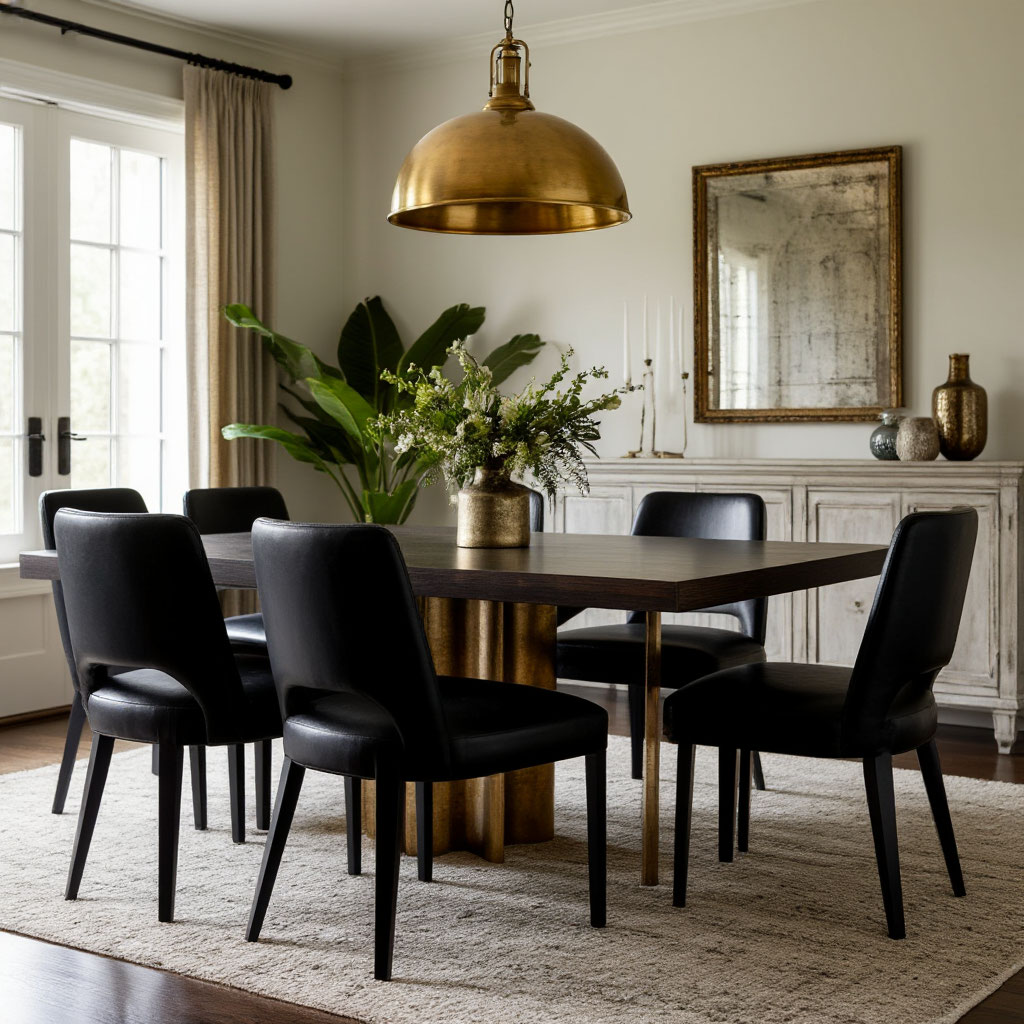
Matching Finishes Across Hardware, Fixtures & Furniture
Finishes don’t have to match perfectly, but they do need to feel intentional. The trick is picking looks that talk to each other, even if they’re different. This is especially true when dealing with interior decor metal surfaces, which often include light fixtures, shelving, furniture legs, and drawer pulls.
Cabinet hardware and faucets are a good place to coordinate. You might use a brushed faucet and pulls in the same tone, even if they’re not identical. Lighting can bring in something else—like a matte black finish or a hammered pendant—as long as it doesn’t clash.
When combining surface styles, keep materials within the same temperature. Warm tones like brass and copper go well together. Cool tones like chrome and nickel mix nicely. If you want to blend warm and cool, repeat each at least twice in the room so it feels balanced.
Finishes for furniture—legs, frames, shelving—can act like accents. They don’t need to match what’s on the walls or cabinets. Instead, use them to echo one of the main styles elsewhere.
A little contrast keeps things interesting. Just avoid turning the room into a hardware showroom. Keep it simple, intentional, and consistent with the vibe you’re after.
Choosing metal finishes for interior design means thinking beyond color. It’s about texture, reflection, wear, and style. From brushed metal vs polished to finishes like matte black and antique brass, every option changes how your space feels.
The right finish doesn’t just look good. It works well, feels natural, and ties your space together. With all the finish options for steel and other metals out there, your choices are wide open.
Whether you’re into dramatic shine or quiet texture, finding a balance that suits your lifestyle and space is what makes design feel effortless. Think it through, test a few samples, and let your space reflect you—down to the details. And if you’re ever unsure, learning a bit about metal finishing techniques can take you further than you think.
Related Posts

Steel vs. Aluminum: Which Metal Is Best for Home Design Projects?

Top 5 Metalworking Techniques Every DIYer Should Know
